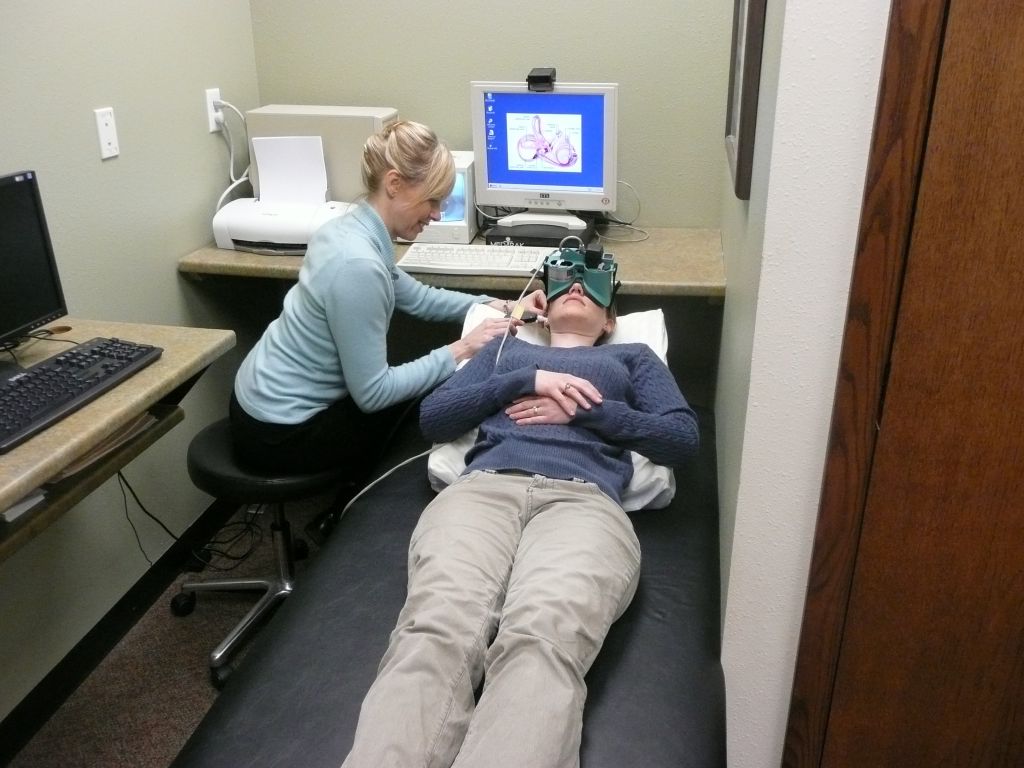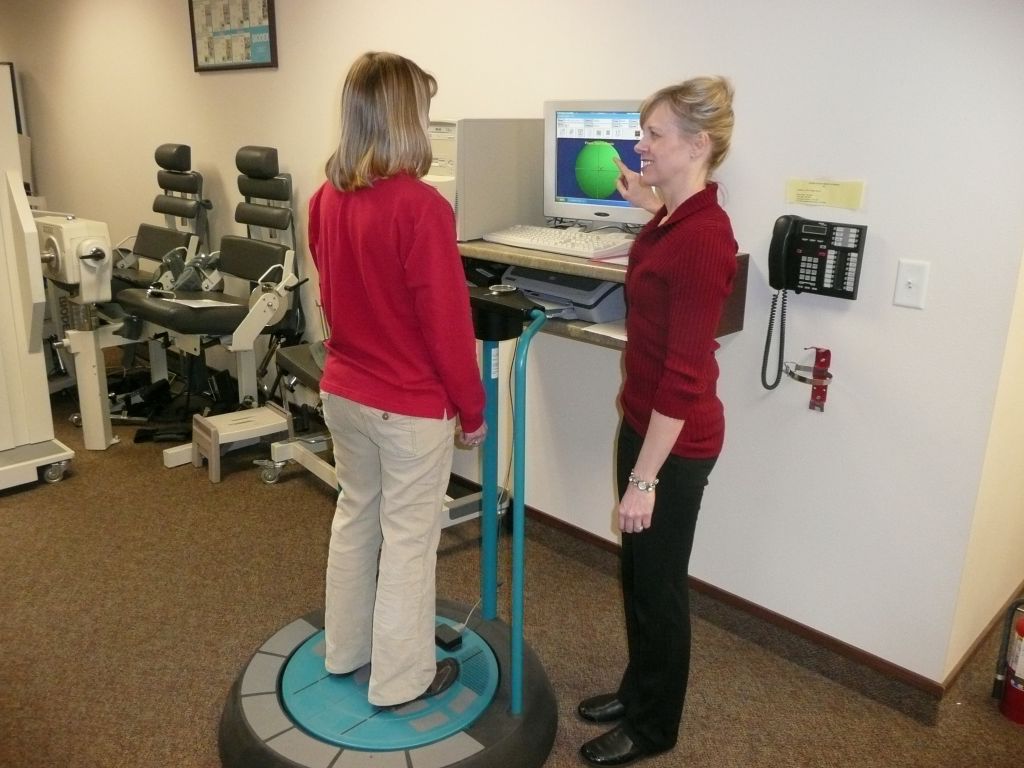Total Balance System
An estimated two million Americans suffer from dizziness or falling sensations each year. Also, a shocking 1 in 4 persons over the age of 65 yrs. will fall in the next year. In addition, it is estimated that falls are the leading cause of death from injuries in those over 65 yrs. The common reasons include breaking a hip, followed by being bed-ridden for 6-8 weeks, followed by circulation and lung complications, leading to death. Because falling is such a common and potentially deadly problem, it is important to find out what you can do to decrease the risk of falling for you or someone you love.
Those that suffer from balance disorders experience signs and symptoms that vary from mild to severe and intermittent to constant. Common symptoms can include unsteadiness when walking, dizziness, loss of coordination, spinning, and a "falling over" sensation.
The first step that needs to be taken in treating balance disorders is to diagnose which of the components of balance is impaired. Under the direction of a physician, the testing for balance disorders involves two components, which are videonystagmography (VNG) and computerized posturography.
The first component of the test, VNG, uses computerized technology using an infrared camera to record the eye movements. Eye movements are monitored while looking at items on a computer screen, during head and body movement and during stimulation to the inner ear. This portion of the test analyzes the brain and inner ear function and how they affect balance.
The other portion of the test is computerized posturography. This portion of the test involves standing on a computerized balance platform. It assesses overall balance and muscle and joint coordination.
The total testing procedure takes approximately one hour and is covered by most insurance companies and Medicare.
These tests, at one time were only available at major medical centers such as John Hopkins, Mt. Sinai, Stanford, UCLA, and USC. Fortunately, this non-invasive, extremely effective testing is now available at Family & Specialty Medical Center. We are currently the only facility between Omaha and Des Moines to offer these specialized tests.
Once the tests have determined which dysfunction is causing the dizziness and/or balance disorder, the physician and physical therapist will work together to customize a therapeutic rehabilitation program. The exercise maneuvers that will be performed as part of your therapy are designed to allow the body to compensate for loss in the balance systems. These exercises are also graduated, which means the patient performs exercises they can be successful at. As they improve more difficult exercises are added.
The results of customized balance therapy are excellent. In fact, 75% of patients report significant improvement or complete recovery in 6-8 weeks. The testing and treatment of balance symptoms are time-tested, easy, non-invasive, and very effective. Medication is usually not required to successfully rid yourself of balance disorders.
If you or someone you know suffers from some or all of the many symptoms of dizziness or balance disorders, please call our office at 712-792-4000 for a consultation. Stay safe, prevent falling, and regain your confidence.




